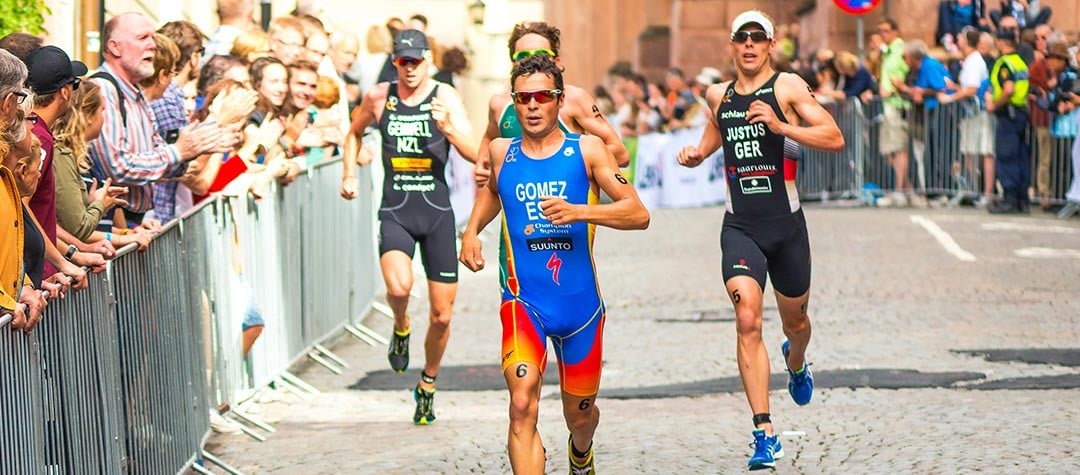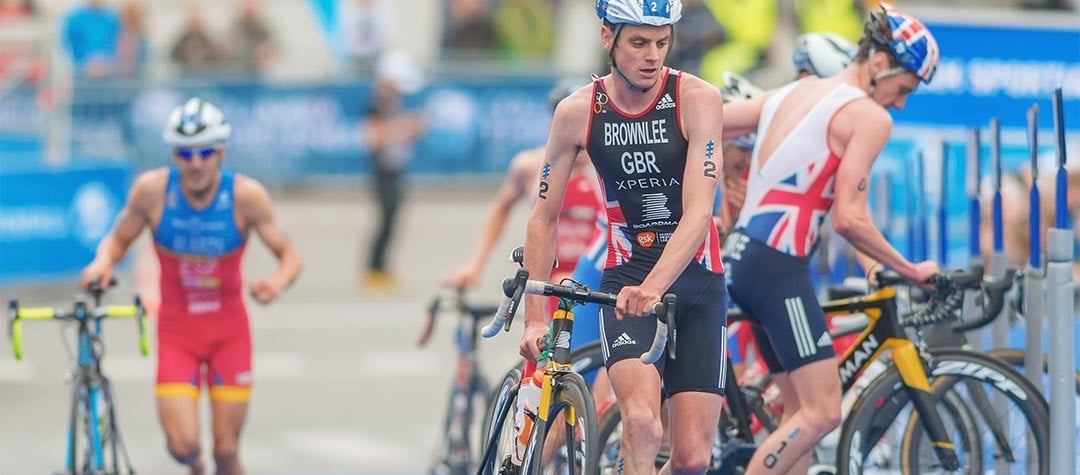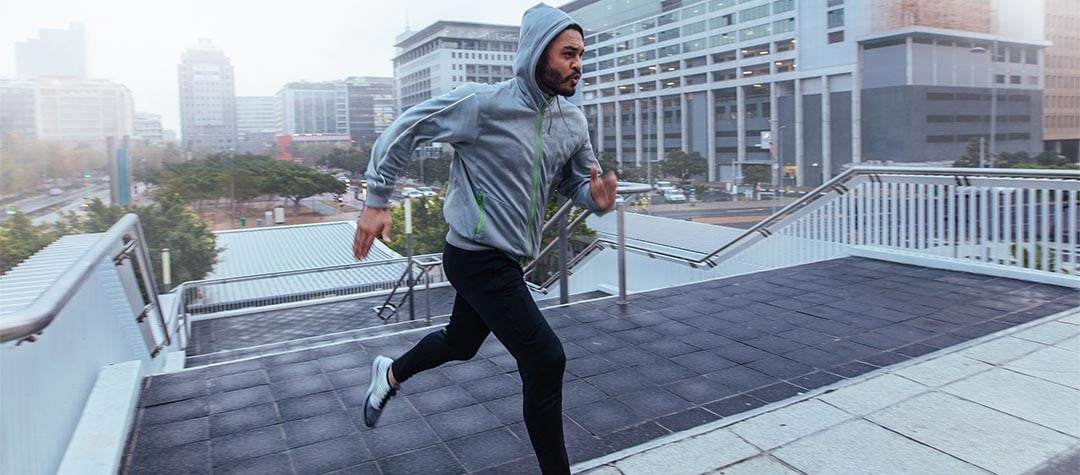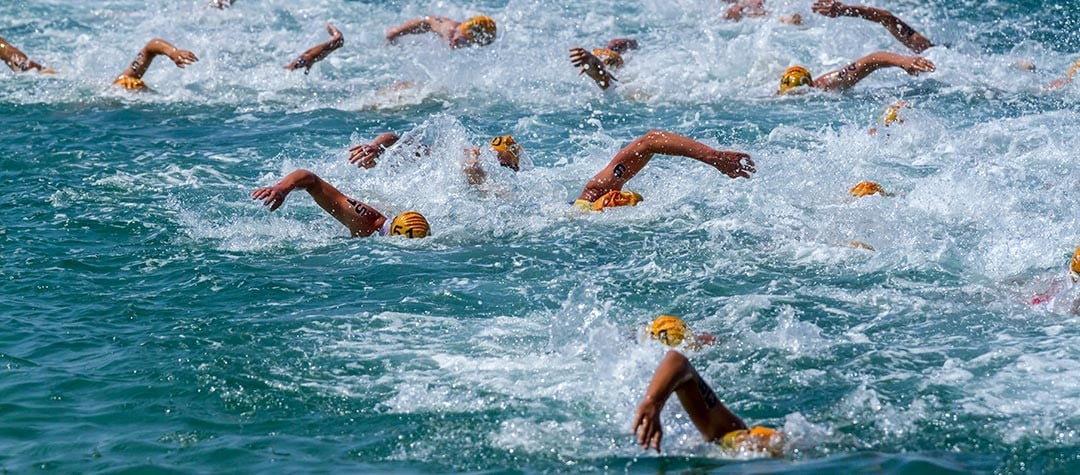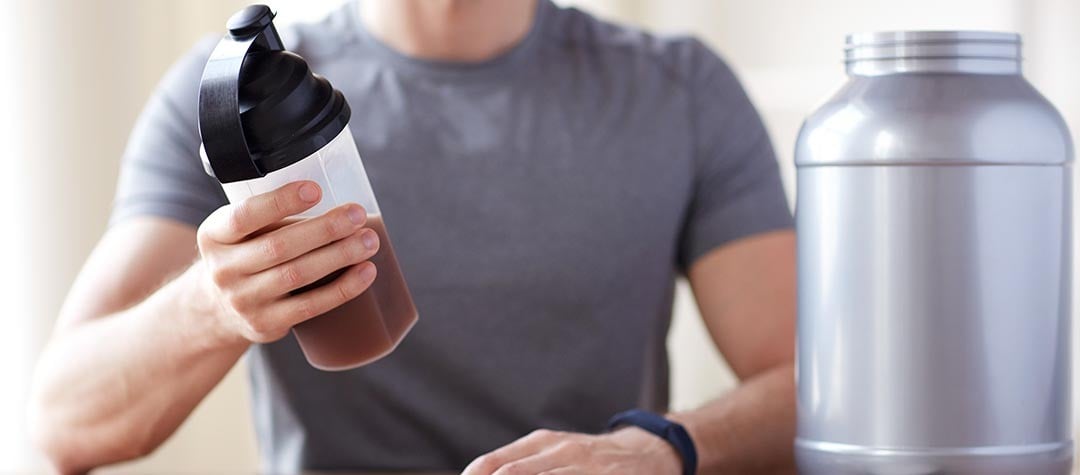Triathletes are susceptible to a whole spectrum of sport injuries that can occur from swimming, cycling and running. The two more common types of injury are overuse injuries and trauma injuries, which are usually caused by crashes.
Most triathlon injuries are manageable
Some athletes are completely plagued with injuries while other athletes won’t see an injury in their life. Unfortunately that’s just the way it is because everyone is different and some athletes are just luckier than others. But even if you do get more than your fair share of injury issues, it doesn’t necessarily mean you can’t perform in the sport at a very high level.
It might however, just make you a more complicated athlete and as a result you might have to spend many more hours working on your body, whereas the lucky ones can have a relatively straightforward path. I have friends in the sport who have had every injury going and I have to say it’s amazing what they learn about their bodies and how they are able to deal with it and manage it effectively, so they can train normally.
Most injuries are manageable and the important thing is to identify where you’re weak, avoid doing things that will aggravate the injury, as well as working to improve and strengthen that area...
And that is a key point because most injuries are manageable and the important thing is to identify where you’re weak, avoid doing things that will aggravate the injury, as well as working to improve and strengthen that area so that a particular injury never returns.
Common overuse injuries
Overuse injuries for triathletes can pop up just about anywhere, but in my experience it’s usually in the lower back and the lower legs. More often than not if you’re training anywhere near your potential, you’ll be treading the razor’s edge of what the body can handle which inevitably means that sometimes you'll get cut!
In triathlon we are a little luckier than some sports because we share the strain between three different sports. This means you do have the opportunity to give your muscles some rest while working on other areas of your profile. Although it may not seem like it at the time, it may actually benefit you further down the line because that may also provide you with the rest you need to recover and push on later in the year.
The programme you need to avoid injury
If you’re a structurally sound athlete with a strong core and good body balance you will likely escape most injuries. In my experience many injuries occur because of overcompensating from a weaker side.
Make sure at any one time you have a good core and muscle balance programme.
My best advice would be to make sure at any one time you have a good core and muscle balance programme. Work hard on your weak areas, those parts of the body where you’ve identified potential issues and be consistent with it.
Doing this will go a long way to keeping you injury free. Making sure you’re practicing good technique will also pay dividends because you’ll learn not to exercise in a way that’s getting you injured and it’ll make you more efficient and faster in the process.
What to do when you become injured
When you first feel a problem area the first thing to do is avoid anything that is aggravating it and if you don’t know what it is, try to see a physiotherapist as quickly as possible. They will be able to help you because early detection will reduce the amount of time that you’re sidelined.
Simple first aid will help most things but resting, icing, compressing and elevating can all work wonders. Then, when you’re ready and feel the problem is mostly gone, build up nice and slowly again. Don’t ever rush back from an injury because what you gain in the short-term you can lose long-term by making it much worse.











